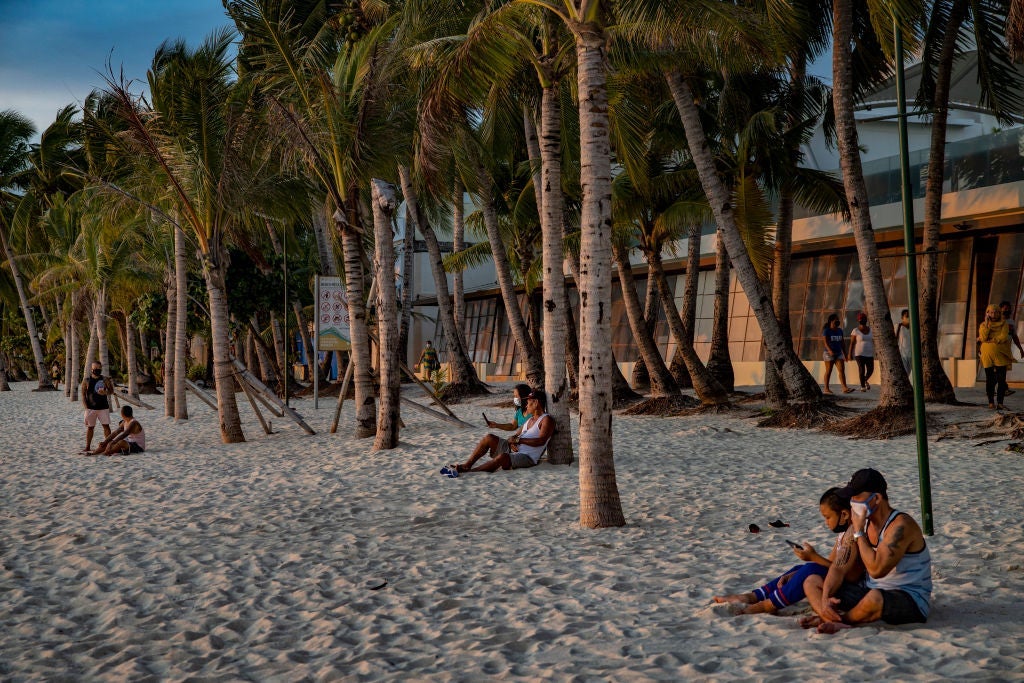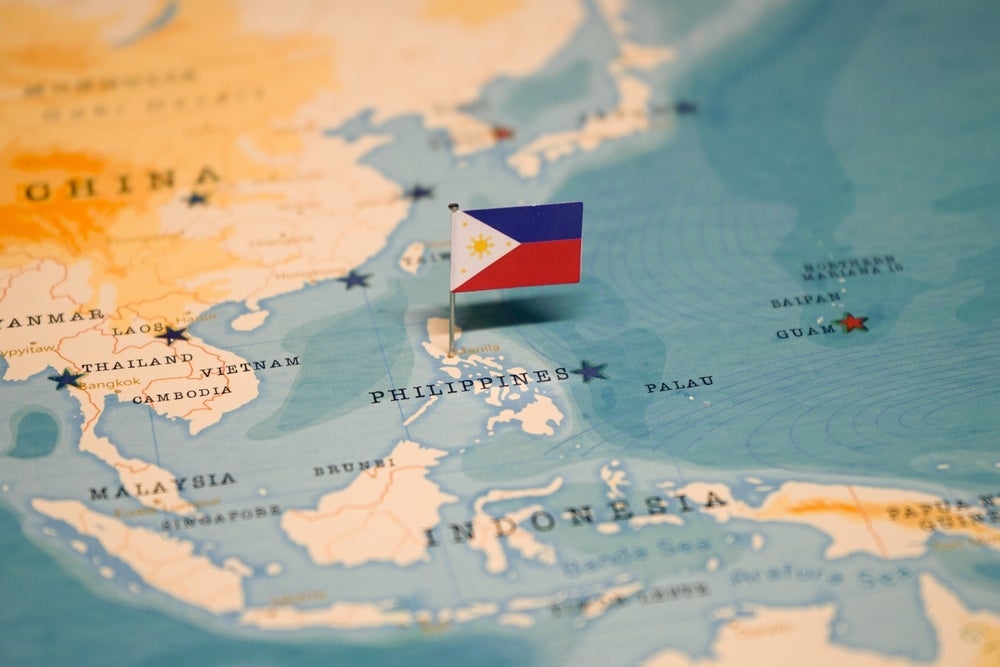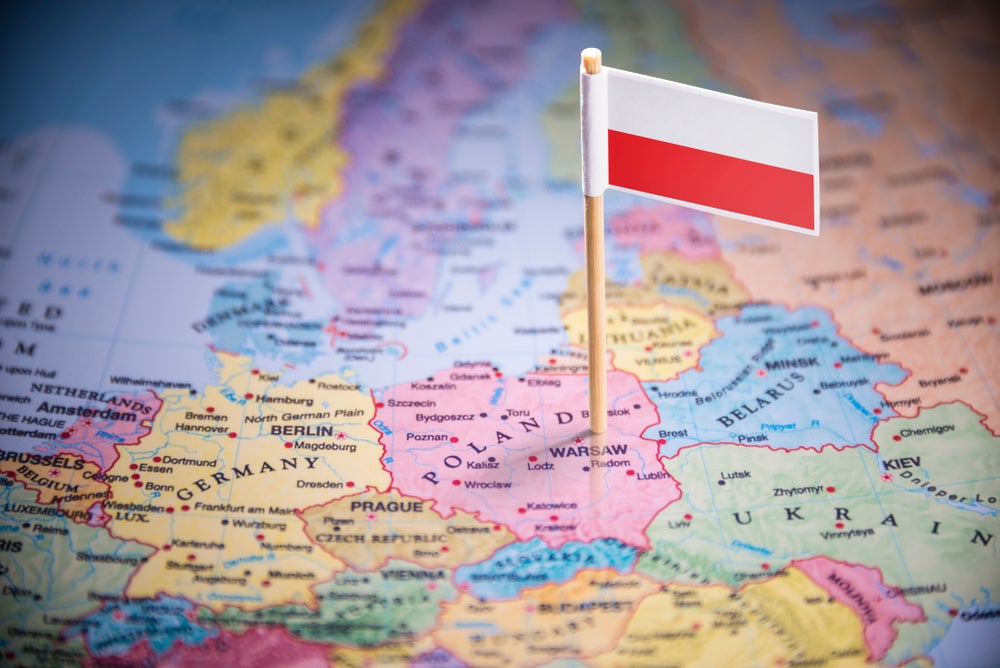

A string of unforeseen events in early 2020 have caused an abrupt halt to the Philippines’ impressive economic momentum over the past decade, which has seen GDP grow by about 6% each year.
The eruption of Taal Volcano in early January and the spread of Covid-19 ground the Philippines’ economy to a near halt in late March, dealing severe disruptions to manufacturing, agriculture, tourism and hospitality, construction and trade – the mainstays of the country’s economy.
For the first time in two decades, the country’s GDP will contract in 2020, hitting an estimated -7.3%, according to the Asian Development Bank. However, it is expected to bounce back to 6.5% in 2021.
Similarly, foreign direct investment (FDI) is likely to bounce back in the country. The number of investors coming into the Philippines had rapidly increased since 2014, with FDI capital expenditure hitting $5bn in 2019, according to data from the UN Conference on Trade and Development (UNCTAD) World Investment Report 2020. In fact, the last decade has seen FDI stock in the country rise from $20bn in 2010 to $88bn in 2019.
The Philippines has also shown impressive growth in greenfield FDI, attracting 125 projects in 2019. This made it the tenth-biggest destination for FDI in the whole of Asia-Pacific, according to the fDi Report 2020.
However, like most countries around the world, all forms of FDI to the Philippines plummeted to historic lows in 2020. In fact, FDI to developing countries in Asia could fall by up to 45% this year, according to UNCTAD.
How well do you really know your competitors?
Access the most comprehensive Company Profiles on the market, powered by GlobalData. Save hours of research. Gain competitive edge.

Thank you!
Your download email will arrive shortly
Not ready to buy yet? Download a free sample
We are confident about the unique quality of our Company Profiles. However, we want you to make the most beneficial decision for your business, so we offer a free sample that you can download by submitting the below form
By GlobalDataPhilippines expects FDI to bounce back
The Philippines had a ‘very high level of Covid-19’ in late 2020, according to the Centers for Disease Control and Prevention. However, with a global vaccination likely to be rolled out around the world in 2021, FDI is expected to rebound.
Historically, Japan, the US and Singapore have been the country’s top investors, according to the Philippine Statistics Authority. However, China overtook Singapore and Japan as the largest source of FDI to the Philippines in 2018, showing its growing influence in the country.
The main sectors that foreign investors targeted in the Philippines in 2019 were information and communication, energy, manufacturing, administrative and support service activities, and real estate, according to the Philippine Statistics Authority.
Considering the size of the Philippines’ population, the country punches below its weight for FDI attraction compared with other nations in the region such as Vietnam, Indonesia and Singapore. Part of the problem lies in the Philippines’ constitution, which limits foreign investment. The threat of terrorism in parts of the country is also a factor.
“[The Philippines’ relatively low FDI levels] can be partially explained by the fact that the country is evolving into a service society with low capital strength, which means that it needs only minimal equipment,” says an analysis by Santander Trade, a leading provider of international market information.
“In addition, the government favours subcontracting agreements between foreign companies and local enterprises rather than FDI in the strict sense of the term,” it adds. “Lastly, factors such as corruption, instability and inadequate infrastructure, along with high power costs, a lack of juridical security, tax regulations and foreign ownership restrictions discourage investment.”
On the plus side, the Philippines boasts a highly skilled, English-speaking workforce, strong cultural proximity to the US and a favourable geographical location in a vibrant region. The country has also taken numerous steps to improve its business environment, and ranked 95th out of 190 countries in the the World Bank’s Doing Business report for 2020, a 29-place improvement on the previous year.






